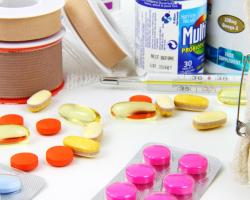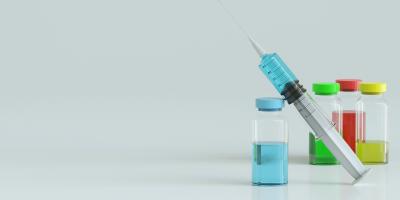Children born as a result of in vitro are not in danger of mental disability or autism. In reality, there are not much more children born with birth defects after in-vitro fertilisation (IVF) – specialists argue.
Prof. Rafał Kurzawa, the Head of the Reproductive Medicine and Gynaceology Clinic at the Pomeranian Medical University in Szczecin, admits that according to international data there is a 3% rate of congenital defects in children delivered in a natural way in comparison to a 4.5 rate in those who are delivered as a result of assisted reproductive technology. What does this mean?
MANIPULATING THE DATA
First of all, it cannot be concluded that in children born as a result of in-vitro the risk of congenital defects is higher by one third. 'This is manipulation of the data’ – said the specialist during the conference titled “Innovations in fertility treatment" which took place in Warsaw. He went on to state that in reality, it can be only inferred that the risk is higher by one and a half percentage points. That makes a difference.
The specialists engaged in fertility treatment do not deny that there are more instances of some congenital defects in the offspring of couples, who underwent in-vitro. The question is what is the reason for this? The method used for fertility treatment or other circumstances?
The Head of the Clinic of Fertility Treatment and Reproductive Endocrinology at the Poznan University of Medical Science prof. Leszek Pawelczyk emphasises that the factor responsible for congenital defects is the infertility itself and the accompanying health problems.
The same situation is evident in the case of other conditions, such as diabetes. Children of parents with diabetes also frequently suffer from this disease. Nobody, however, claims that it is connected with the method of treatment, for example, with using insuline or other diabetes medications.
WOMEN'S AGE
A factor responsible for the risk of congenital defects in children is, among others, the age of women giving birth. It is due to the fact that as the would-be mother becomes older, the egg cells of that woman are getting older as well.
Indeed, observations in Australia reveal that women who gave birth after in-vitro fertilisation are usually older than those who become pregnant in a natural way.
Also, research conducted in Finland shows that the longer women try to become pregnant the more they risk the so-called 'adverse perinatal outcomes’: there are more instances of Caesarean section, premature births and children with low birth weight.
HORMONAL STIMULATION
The risk of born defects is also increased by hormonal stimulation. This action is employed in order to obtain a greater amount of mature egg cells and to raise the chance of becoming pregnant. Prof. Kurzawa claims, however, that such risk increase is specific to situations in which medications for such stimulation are taken without appropriate control.
Apart from hormonal stimulation, other pharmacological therapies can increase the risk of born defects in children. As has been noted, women suffering from epilepsy who take anti-epileptics can give birth to children with such defects by 8 -9 percent above the norm.
MULTIPLE BIRTH
Congenital defects occur several times more frequently after multiple births. Such events increase the risk of any complications regardless of in-vitro fertilisation or natural conception. Therefore, with respect to artificial insemination, such a situation should be avoided.
“Multiple birth should be considered a failure, not a success when dealing with assisted reproductive procedures," as prof. Waldemar Kuczyński, from the Medical University of Bialystok, said during the conference entitled “Innovations in fertility treatment".









Comments (0)